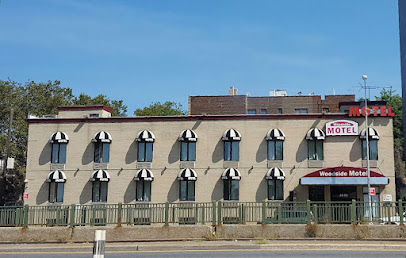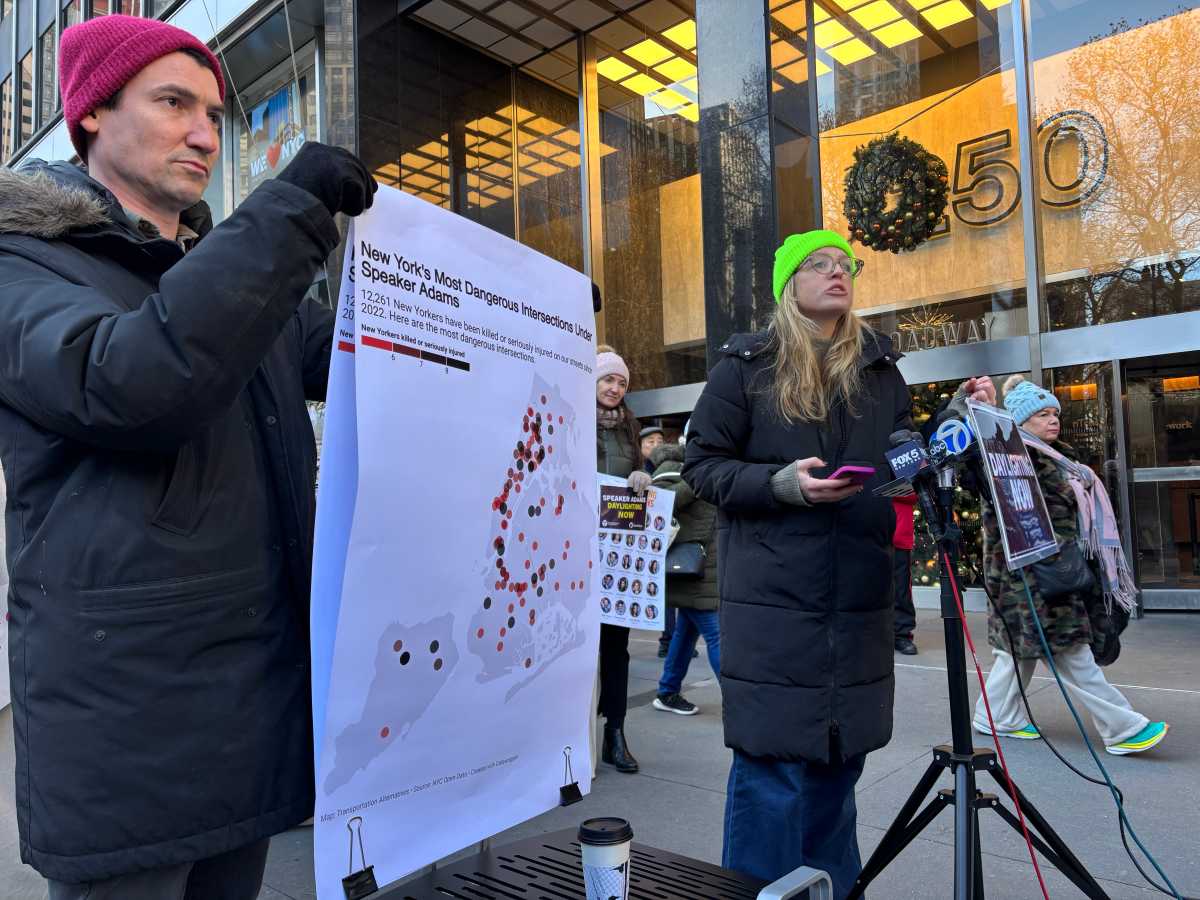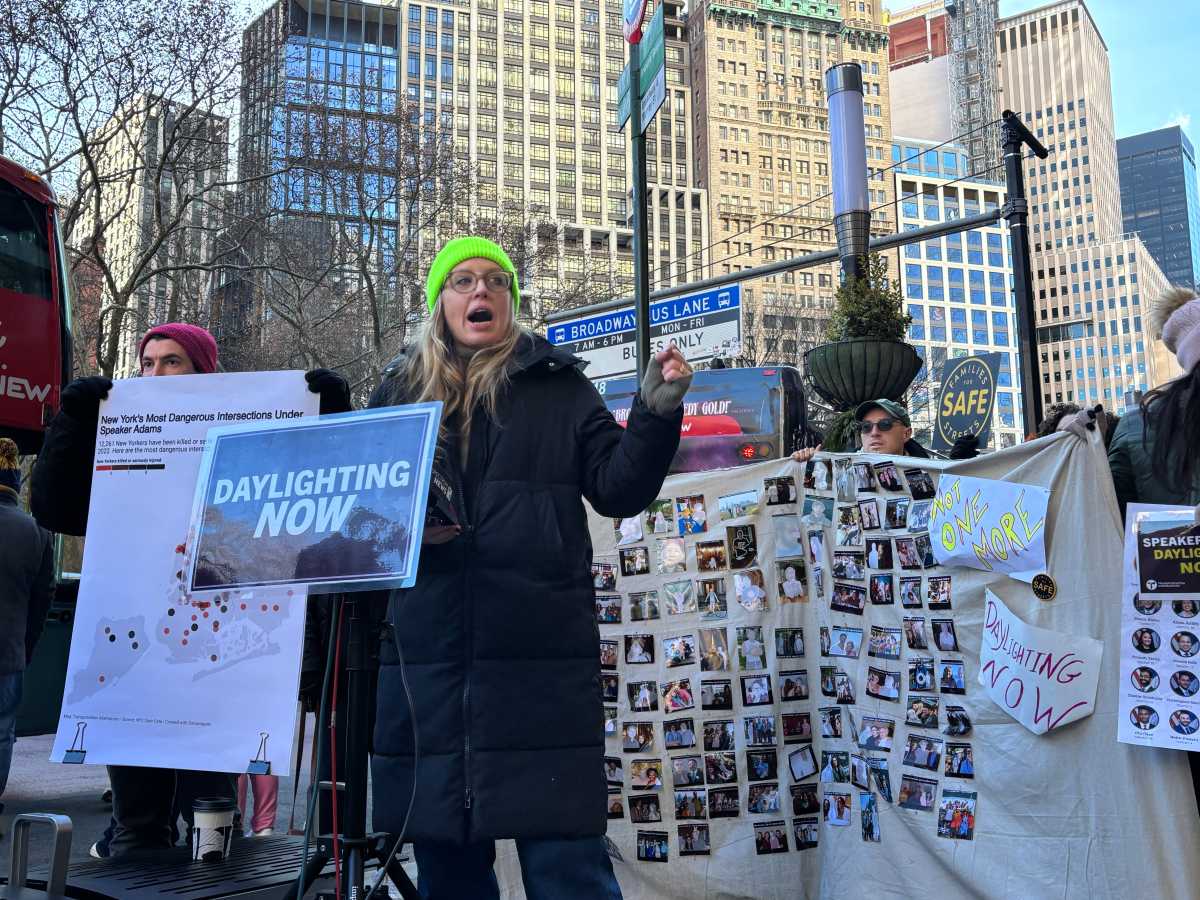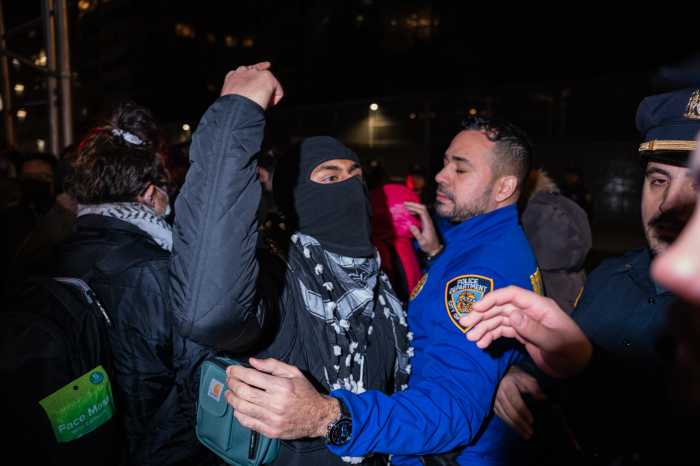By Sadef Ali Kully
Days before Hurricane Joaquin was forecast to hit the city’s shores, state Sen. Joseph Addabbo’s (D-Howard Beach) phone started ringing. It was his constituents, calling to say they were ready with packed bags and a evacuation plan.
“They had packed to-go bags and they wanted the most recent evacuation plan,” Addabbo said. “Mentally and physically my people were ready and it was good to get a call from the mayor, the governor, and everyone involved to tell me they were ready, too.”
Oct. 29 marks the third anniversary of when Hurricane Sandy wreaked havoc across the city and the recovery process has made major progress since 2012.
The city’s Build it Back program has made large strides in giving back an estimated $100 million to Sandy-affected communities over the past year, according to its progress report released last week.
According to the city, Build it Back has quadrupled in capacity, nearly 5,300 reimbursement checks totaling well over $100 million, nearly 1,900 construction starts, and nearly 1,200 construction completions to date, compared to none in all categories in early 2014.
“Nearly three years ago, Sandy provided a stark picture of the risks of climate change,” Mayor Bill de Blasio said. “When we took office, Build it Back was simply not delivering for homeowners. We’ll continue to push forward as we build a stronger, more resilient [city] for all.”
Under the Bloomberg administration, the Build It Back program became a bureaucratic backlog of false promises made to Sandy-damaged communities. Victims did not receive reimbursement and a complicated and ever-changing application process through unqualified employees made recovery for Sandy-affected residents even harder, according to a 2014 report from the city comptroller.
“They improved vastly. I am understanding with Build It Back – they were given this money with conditions from the federal government,” said Addabbo, who has Sandy recovery satellite offices across his district. “Today if a case falls through the cracks, I make a call and get a response.”
Addabbo pointed out an estimated $30 million has already gone back to his district , but among his major concerns are resiliency projects which have not started.
In spring 2014, Mayor Bill de Blasio redesigned the program to get much-needed relief to homeowners.
To date, the city program has made an offer to nearly every one of its 10,000 active applicants, and moved many of them into construction or reimbursement valued at over $100 million. Build it Back completed its 1,000th construction project on Sept. 14.
A comprehensive $20 billion resiliency program will continue focusing on strengthening coastal defenses, protecting infrastructure, strengthening communities and adapting buildings.
The short-term safety measures in place such as 4.2 million cubic yards of sand on the Rockaway peninsula and in Coney Island, 9.8 miles of dunes across the Rockaway peninsula and in Staten Island, 10,500 linear feet of bulkheads across the city and 16 new improvements to the city’s building code, address new climate threats.
Other projects such as the $3 billion for NYCHA redesign 33 impacted developments; a partnership with the U.S. Army Corps of Engineers to advance investments in Sea Gate, the Rockaway peninsula, Jamaica Bay, and the East Shore of Staten Island; and investments in coastal protection for Breezy Point, Red Hook, will help protect shorelines across the city.
Reach Reporter Sadef Ali Kully by e-mail at skull


































